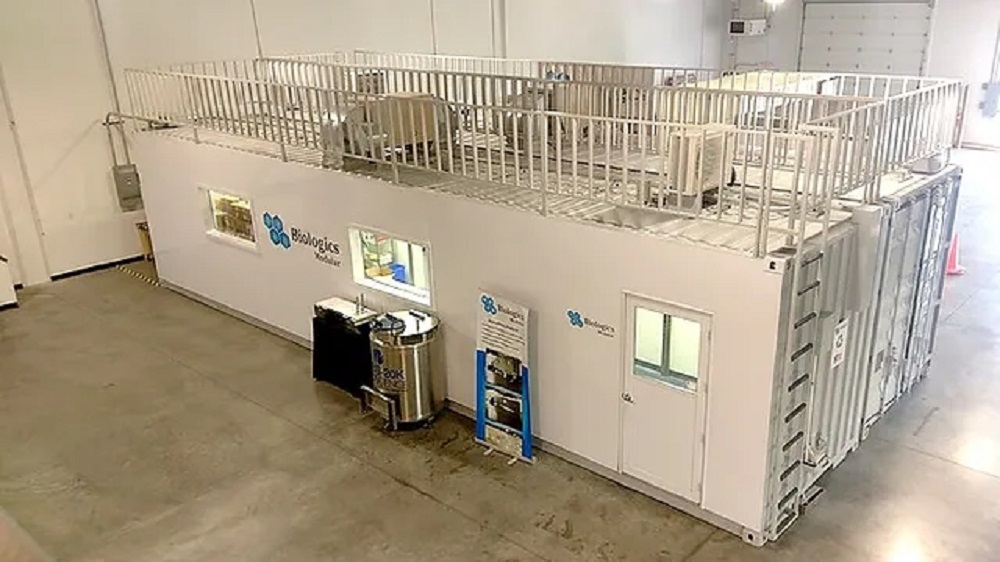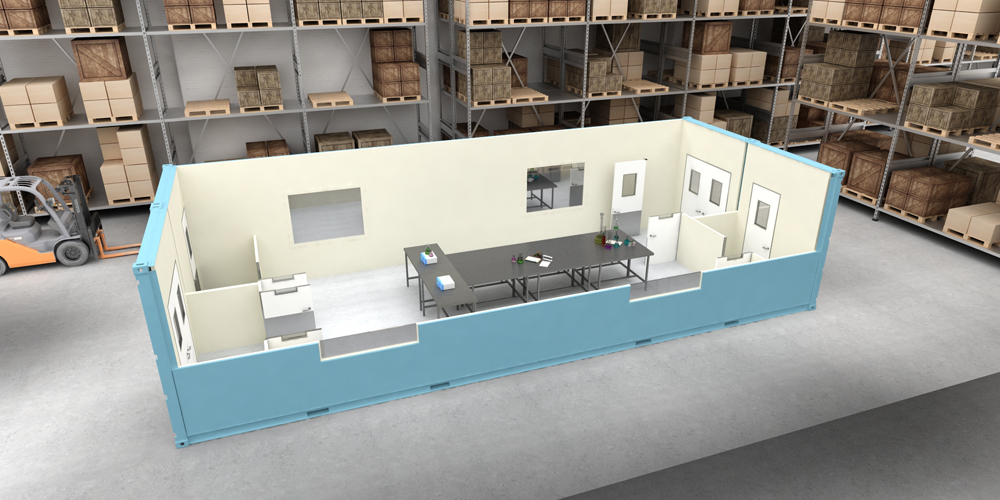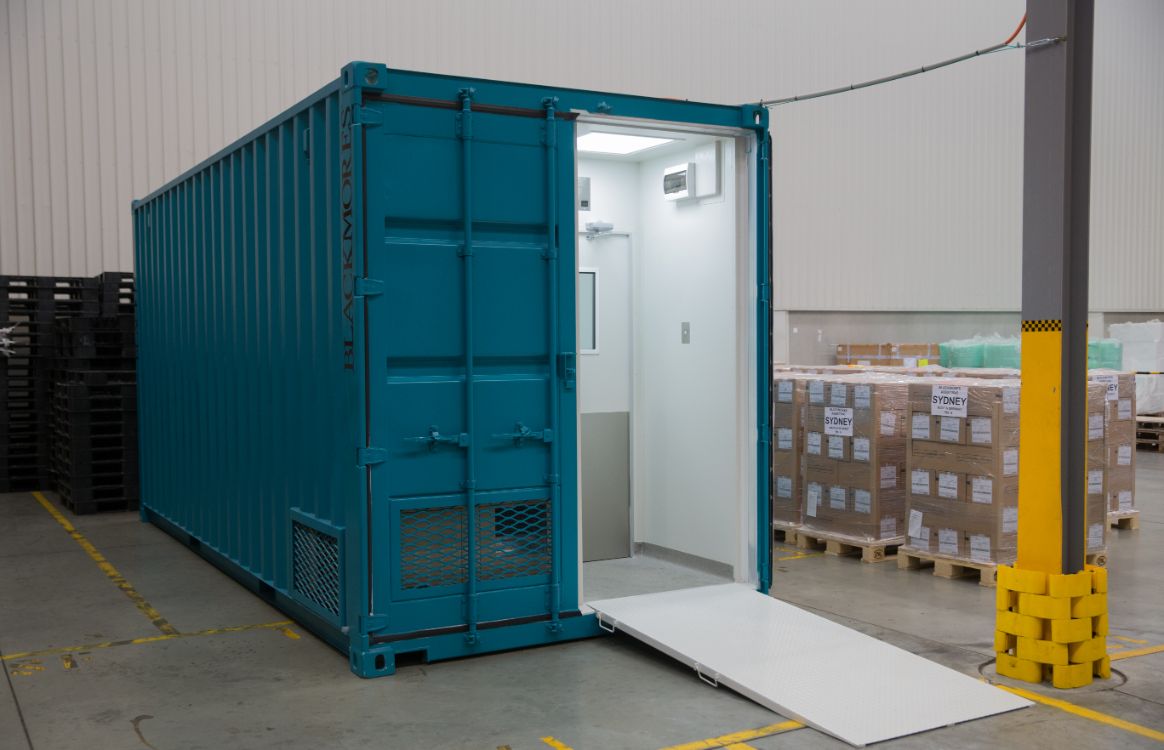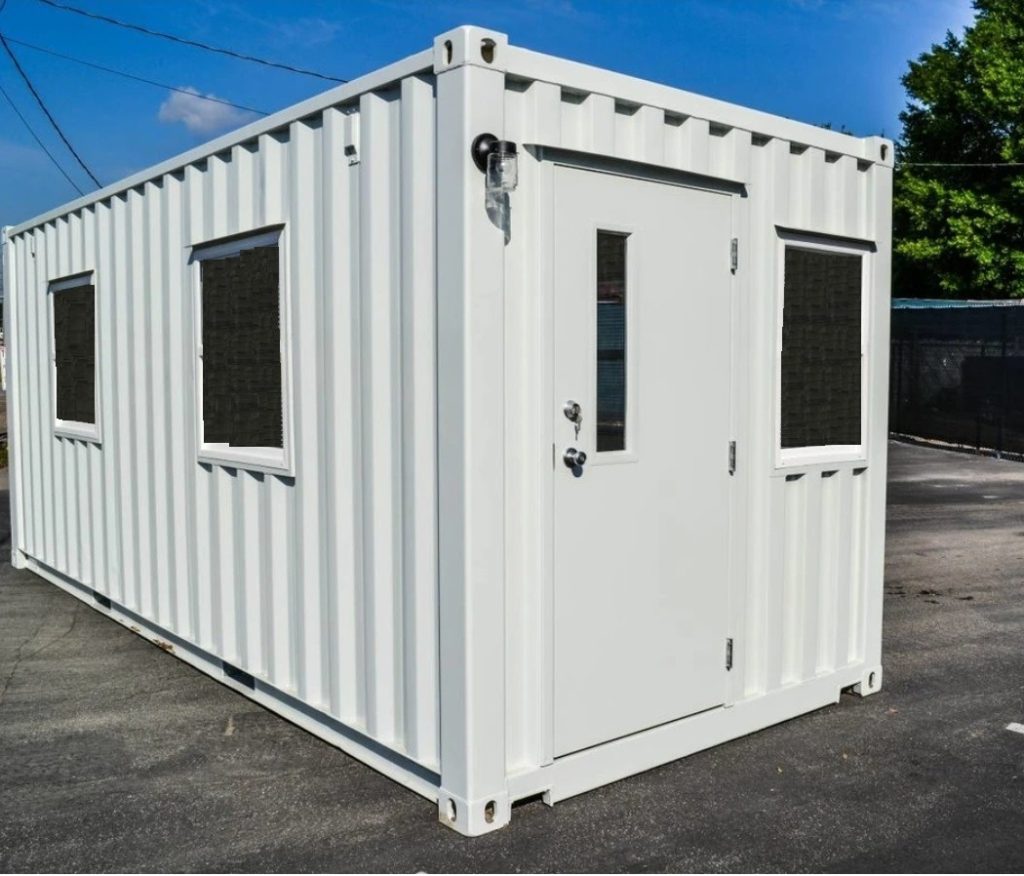Learning
Revolutionizing Automation’s Role in Shipping Container Cleanrooms

Cleanrooms are vital in industries requiring precision manufacturing, research, and development. Traditional cleanroom setups have proven effective but often involve lengthy construction processes and fixed layouts. However, a new era of cleanroom technology has emerged with the convergence of shipping containers and automation.
In this article, we delve into how automation transforms the landscape of cleanroom operations within shipping containers, enhancing efficiency, quality, and adaptability.
The Evolution of Cleanroom Technology
Cleanrooms have been a staple in electronics, pharmaceuticals, biotechnology, and aerospace industries for decades. The controlled environment they provide prevents contaminants from interfering with sensitive processes. However, traditional cleanrooms often face construction time, scalability, and adaptability challenges. Here is where shipping container cleanrooms come into play.
The Rise of Shipping Container Cleanrooms
Shipping containers have gained recognition beyond their conventional use in cargo transport. They offer a robust, modular structure that can easily transform into cleanroom facilities. Shipping container cleanrooms brings several advantages, including rapid deployment, portability, and cost-efficiency. Automation takes these benefits a step further.
Automation’s Contribution to Shipping Container Cleanrooms
Let’s find out the role of automation in cleanroom operations.
Enhanced Efficiency
Automation systems streamline various cleanroom processes, reducing human intervention and potential errors. Robots and automated machinery can carry out repetitive tasks with precision, minimizing the risk of contamination.
Real-Time Monitoring and Control
Automation technologies enable continuous monitoring of critical parameters such as temperature, humidity, particle count, and airflow. This real-time data ensures that the cleanroom environment remains within specified parameters.
Adaptability and Customization
Automation allows cleanroom layouts to be reconfigured swiftly to accommodate changing production requirements. This adaptability is particularly crucial in industries with evolving demands.
Remote Operation
With automation, certain tasks can be controlled remotely, reducing the need for personnel to enter the cleanroom. This minimizes the potential for contaminants to enter the controlled environment.
Key Automation Technologies in Shipping Container Cleanrooms
Let’s discuss the automation technologies implemented in shipping container cleanrooms.
Robotics
Collaborative robots are designed to work alongside humans. In cleanroom environments, cobots can handle tasks such as material handling, sample processing, and equipment maintenance.
Automated Guided Vehicles (AGVs)
AGVs transport materials and equipment within the cleanroom without human intervention, reducing the risk of contamination.
HVAC and Environmental Control
Automated HVAC systems ensure consistent airflow, temperature, and humidity control, maintaining cleanliness.
Process Automation
Automation systems can control various processes’ initiation, progression, and completion, minimizing human error and contamination risks.
Challenges and Considerations
While automation offers significant advantages, integrating it into shipping container cleanrooms presents challenges. Ensuring compatibility between automation systems and the cleanroom environment, addressing power and data connectivity, and training personnel to work alongside automated systems are key considerations.
Case Studies and Success Stories
Several industries have embraced automation in shipping container cleanrooms. Pharmaceutical companies have utilized automated systems for drug manufacturing, reducing contamination risks and improving batch consistency. Electronics manufacturers have employed automated processes for microchip assembly, resulting in higher yields and reduced defects.
Conclusion
Shipping container cleanrooms represent a paradigm shift in cleanroom technology, offering mobility, adaptability, and efficiency. Automation further elevates their capabilities by reducing human intervention, enhancing precision, and enabling real-time monitoring.
As industries continue to evolve, the synergy between shipping container cleanrooms and automation is poised to redefine how precision manufacturing and research are carried out, setting new standards for quality and efficiency.

































